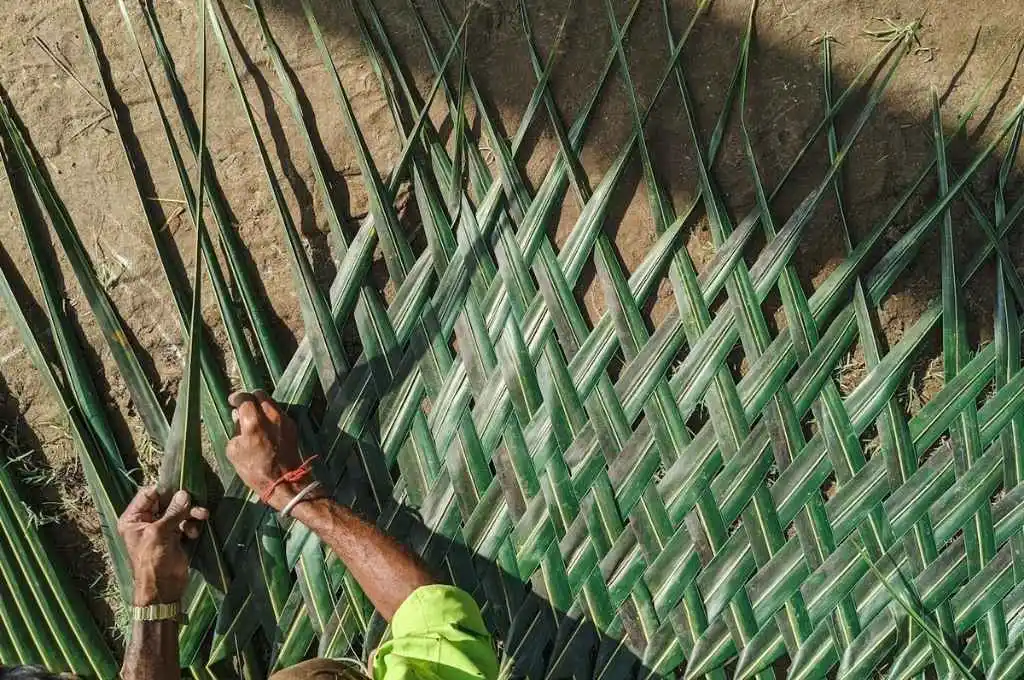India’s microfinance sector has served 6.6 crore borrowers as of March 31, 2023, with an outstanding loan amount of INR 3,48,339 crore across all states. This is comparable to the size of the credit card industry in the country. As of March 31, 2023, with approximately 8.5 crore credit cards, the overall credit card spend in India reached INR 1,37,000 crore. Despite being similar in size of customers, the two industries cannot be more different. Over the years, the Indian credit card industry has introduced several product innovations, including customer segmentation, reward and loyalty benefits, customisation of products, and technology linkages to make products customer-centric. On the contrary, the microfinance sector has remained practically unchanged.
This is surprising, particularly because the microfinance sector has displayed the ability to adapt. For example, it promptly responded to customer needs in the face of macroeconomic shocks such as demonetisation and the COVID-19 pandemic. During these periods, microfinance institutions (MFIs) implemented debt rescheduling, debt restructuring, and payment deferrals (allowing customers to make payments at a later date).
Evidence has shown that financial product innovations could be beneficial to both MFIs and their customers. A recent study conducted by Warwick with Sonata Finance, tested the viability of innovative products by offering a flexible repayment loan option designed to accommodate business seasonality. The customers could opt to implement a repayment ‘holiday’—a period of up to three consecutive months in which repayments were paused or reduced, with future instalments adjusted accordingly. The study found that offering a flexible loan option not only improved outcomes for borrowers—including business performance—but also did not adversely affect missed payments; in fact, those with repayment flexibility were 31 percent more likely to pay off their loan early. These findings are in contrast to the previous understanding within the microfinance sector that a flexible contract undermines repayment rates.
MFIs operating in India face challenges that prevent them from adopting financial innovations despite being beneficial for both lenders and borrowers. The following constraints limit the incentives and abilities of MFIs to prioritise designing and implementing innovative financial products.
1. Technological constraints
High default rates among MFI customers, where they fail to make payments for a long time, translate into poor financial health and risky business outcomes for the MFIs. Recent technology advancements in screening, record keeping, communication, and cashless repayment may help mitigate risk of customer default, and offer new opportunities for MFIs to provide contract innovation. However, there are at least two barriers that prevent MFIs from adopting such technologies. First, for smaller MFIs in particular, developing and integrating these tools in their operations remains expensive given their relatively small customer base. Second, adopting these technologies may lead to a weakening of the in-person relationship between bankers and lenders, which can exacerbate free-riding behaviours.

2. Regulatory barriers
In March 2022, the Reserve Bank of India announced less stringent lending requirements for MFIs, which allowed these financial institutions to offer larger ticket-size loans and mortgage loans. However, insufficient collateral from customers prevents MFIs from extending these financial products, calling for the need to revise the regulation on collateral requirements among low-income borrowers.
Additionally, the support and relief launched by the Government of India, such as the credit guarantee scheme, restructuring of loans, and short-term loans, helped micro entrepreneurs navigate the pandemic. Such schemes presented an opportunity to make repayment flexibility a standard feature of microfinance contracts. These schemes paused interest accumulation and repayments (moratorium), and enabled MFIs to keep appropriate lending rates without incurring losses. However, these were discontinued once the pandemic ended. In light of their success, one open question is whether the government should consider reinstating these initiatives during ‘normal’ times as well, as they provide liquidity buffers to MFIs to mitigate losses and hence present an incentive for lenders to further introduce financial innovation.
3. Customer demand
Micro and small entrepreneurs are increasingly interested in flexible contracts to meet their business needs. Recent evidence suggests that customers’ demand for flexible loans can be as high as 30 percent. Strengthening partnerships between commercial banks and FinTech enables banks to offer new products—including payment apps, peer-to-peer lending, and robo-advisers—which represents an alternative to traditional MFI loans. MFIs’ close connections with its customer base is one of its main strengths. However, given that customers are willing to opt for innovative products, and there is availability of such products, it is questionable whether MFIs will be able to retain their clients in the long run. To ensure high demand for their products, MFIs will have to make adequate marketing efforts and introduce protocols to explain the details of more complex products to a diverse customer base.
One of the biggest challenges for the microfinance sector in the near future will be its ability to incorporate technological and financial innovations within its operations. A limited set of product and technology innovations have been introduced in the past, so their scalability is still under question. This is partly due to MFIs’ lack of incentives because of regulation, technology, and market competition. However, the success of schemes introduced during the pandemic and innovation in products should encourage MFIs to experiment.
Natalie Theys contributed to this article.
—







